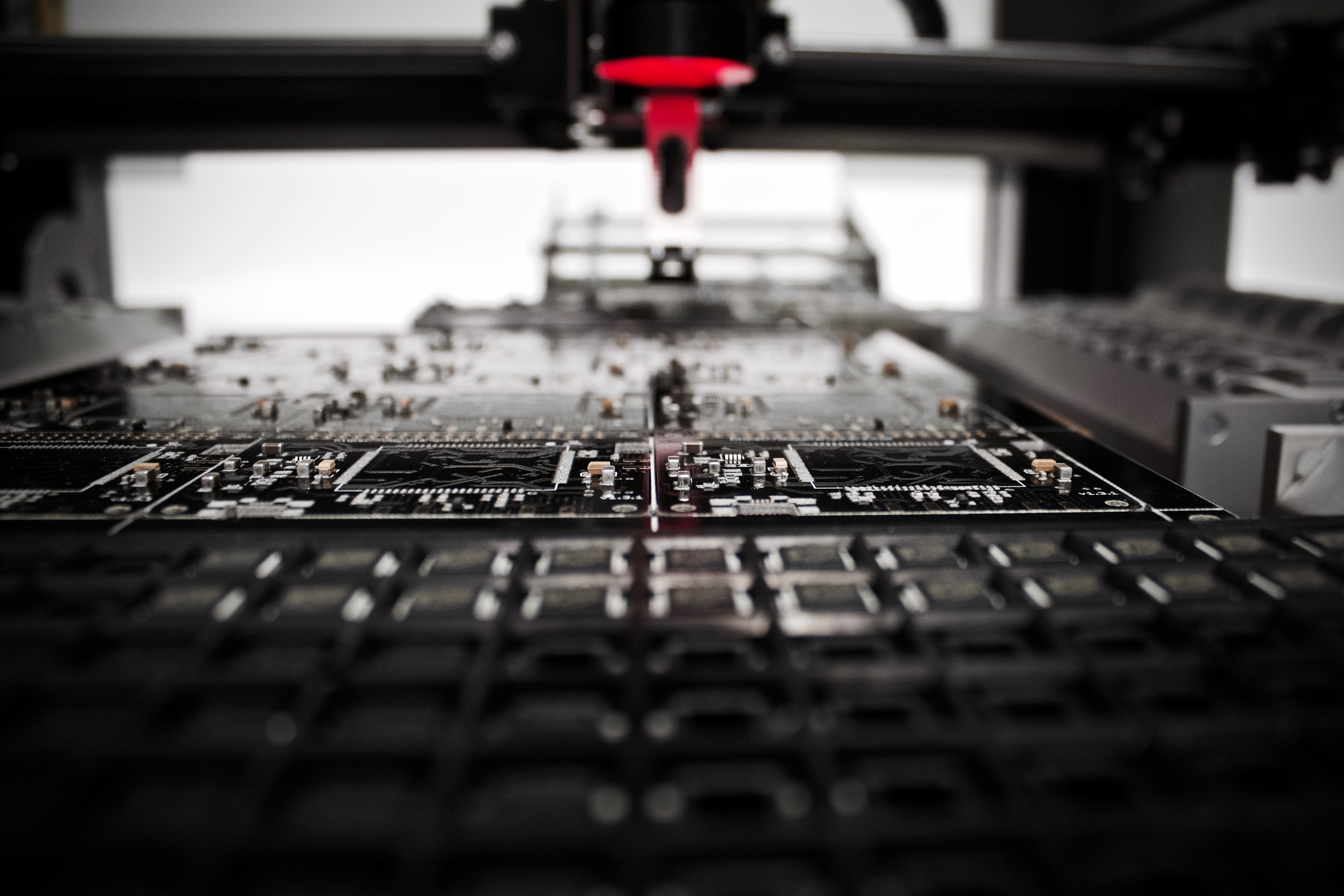Electronics manufacturing, like all industries, comes with the inevitable issue of waste. Multiple problems arise from excess material waste, including a heightened environmental impact as well as the costs that are associated with disposal.
It is important for manufacturers to be aware of the direct impact their operations have on the environment. Having guidelines in place offers an objective and reliable approach to reducing waste and improving productivity.
In 1988 John Krafcik established 'Lean' production in an article titled ‘Triumph of the Lean Production System’. Lean manufacturing principles were first used by global automotive giants Ford to increase production in 1913. Now, these principles are now used by several major manufacturers across the globe to decrease waste and increase productivity through careful planning, which is achieved with the following five key principles.
1.Customer Value
The first step is identifying what the customer views as ‘value for money’ for the product, materials, and labour. Manufacturers need to understand how much customers are willing to spend, as well as understand the reasoning behind this figure.
2.Value stream mapping
The second step is recording and analysing information on the materials, and the production of each product. By understanding each element of the production process, manufacturers can start making improvements at each step of production to prevent any unnecessary waste or movement.
3.Flow
The third aspect of Lean manufacturing is to identify potential barriers in production that prevent the flow of manufacturing. Identifying and eliminating potential issues can prevent delays and interruptions to ensure productivity, reduce waste and to reduce lead times for production.
4.Pull System
The fourth step is to manufacture products that are made to order for each customer. Materials should be ordered as they are required, and production should not be undertaken in copious quantities. Lean manufacturing does not use manufacturing forecasts as they are often inaccurate, which can lead to an excess of materials and waste.
5.Continuous improvement
The continuous improvement of manufacturing is the overall aim of Lean manufacturing. If manufacturers are constantly striving for the perfection of products, they will see a decrease in excess waste, as well as overheads.
Following these five principles allows manufacturers to simplify and identify areas of weakness and potential for improvement as part of a strategic plan to reduce waste and improve manufacturing management.
In our next blog we will explore the steps that CB Technology takes to ensure efficient manufacturing and low waste production.


